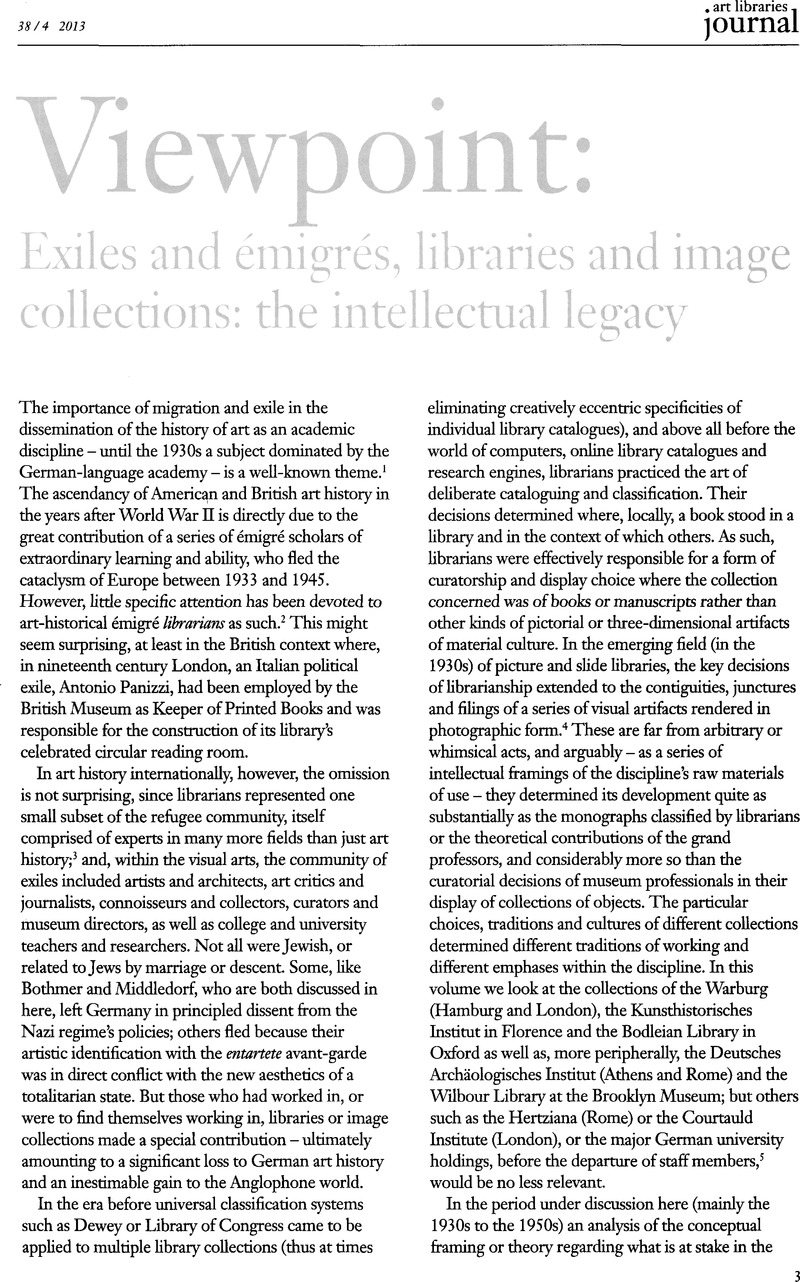Crossref Citations
This article has been cited by the following publications. This list is generated based on data provided by Crossref.
ELÇİ, Alev
and
KADERCAN, Pelin
2023.
Türkiye'de Almanca Konuşan Göçmen Profesörlerin Eğitim Gelişimi Girişimleri.
Anadolu Üniversitesi Sosyal Bilimler Dergisi,
Vol. 23,
Issue. Özel Sayı,
p.
331.


